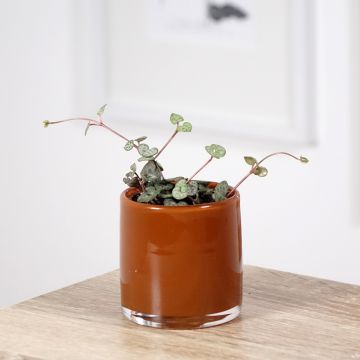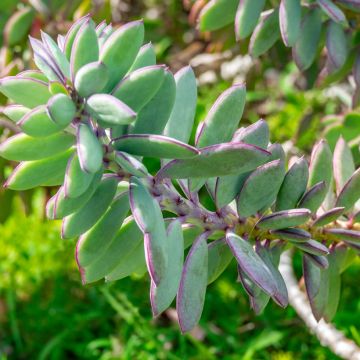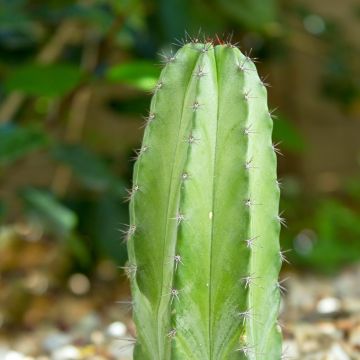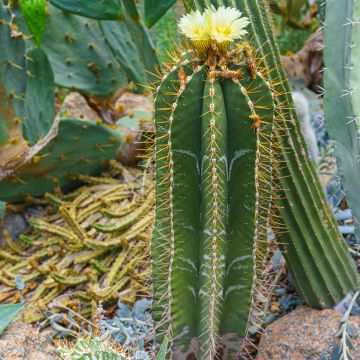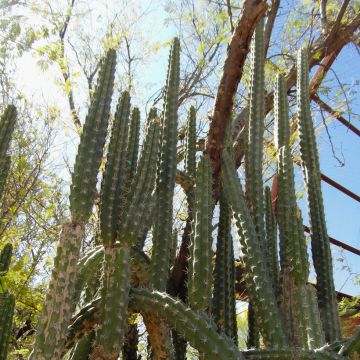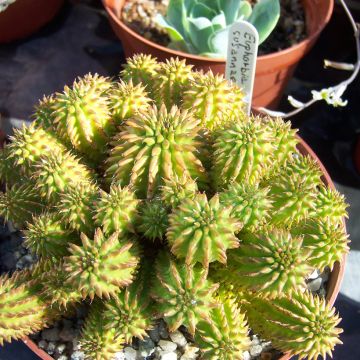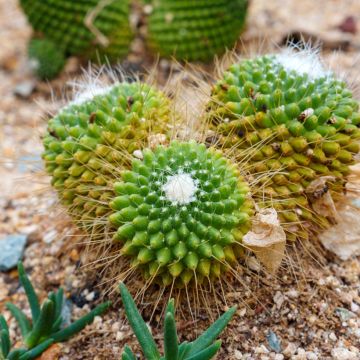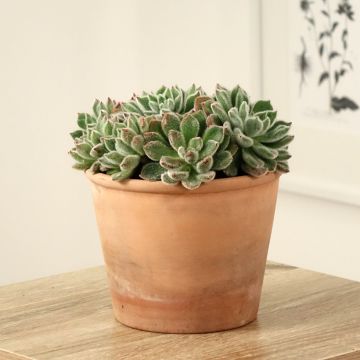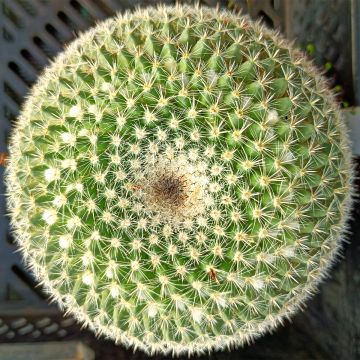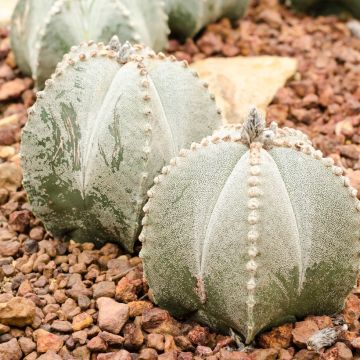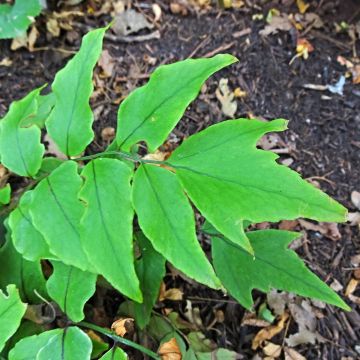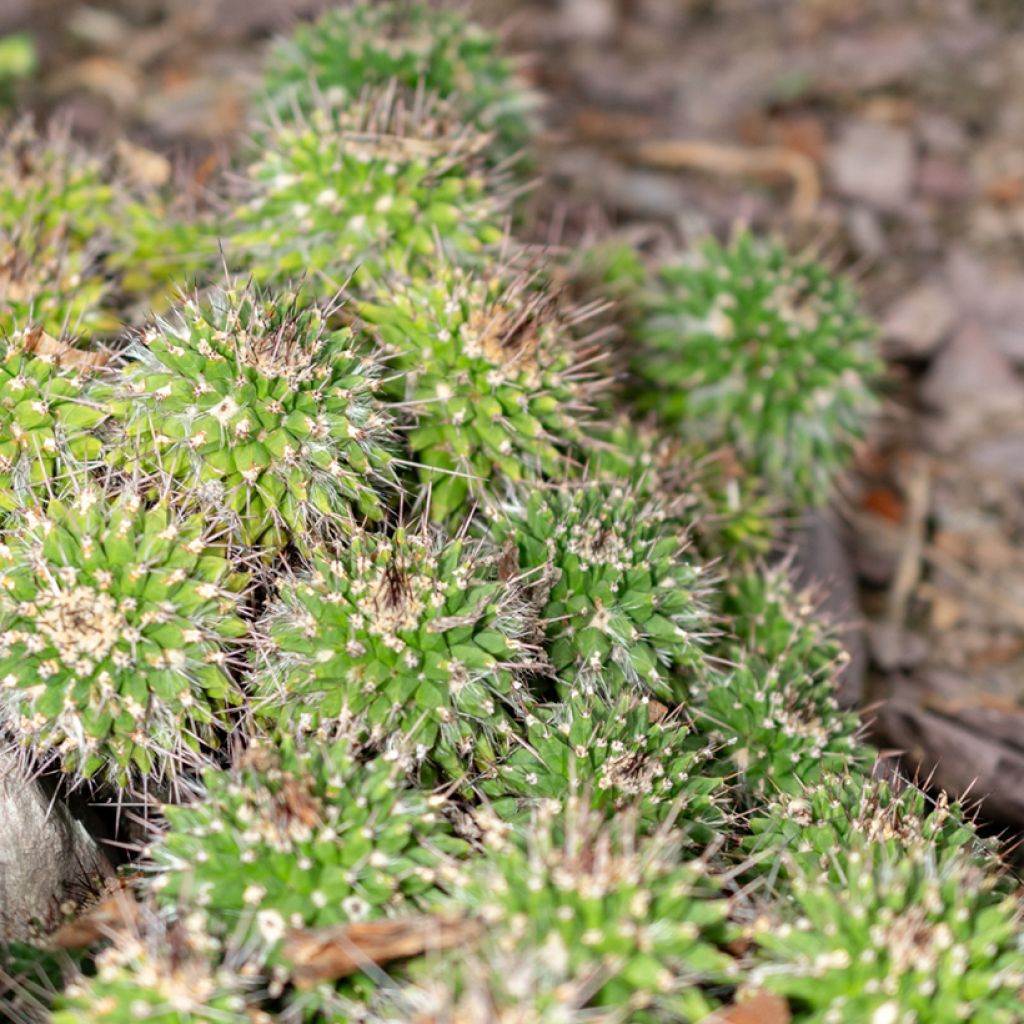

Mammillaria compressa - Mother of hundreds cactus
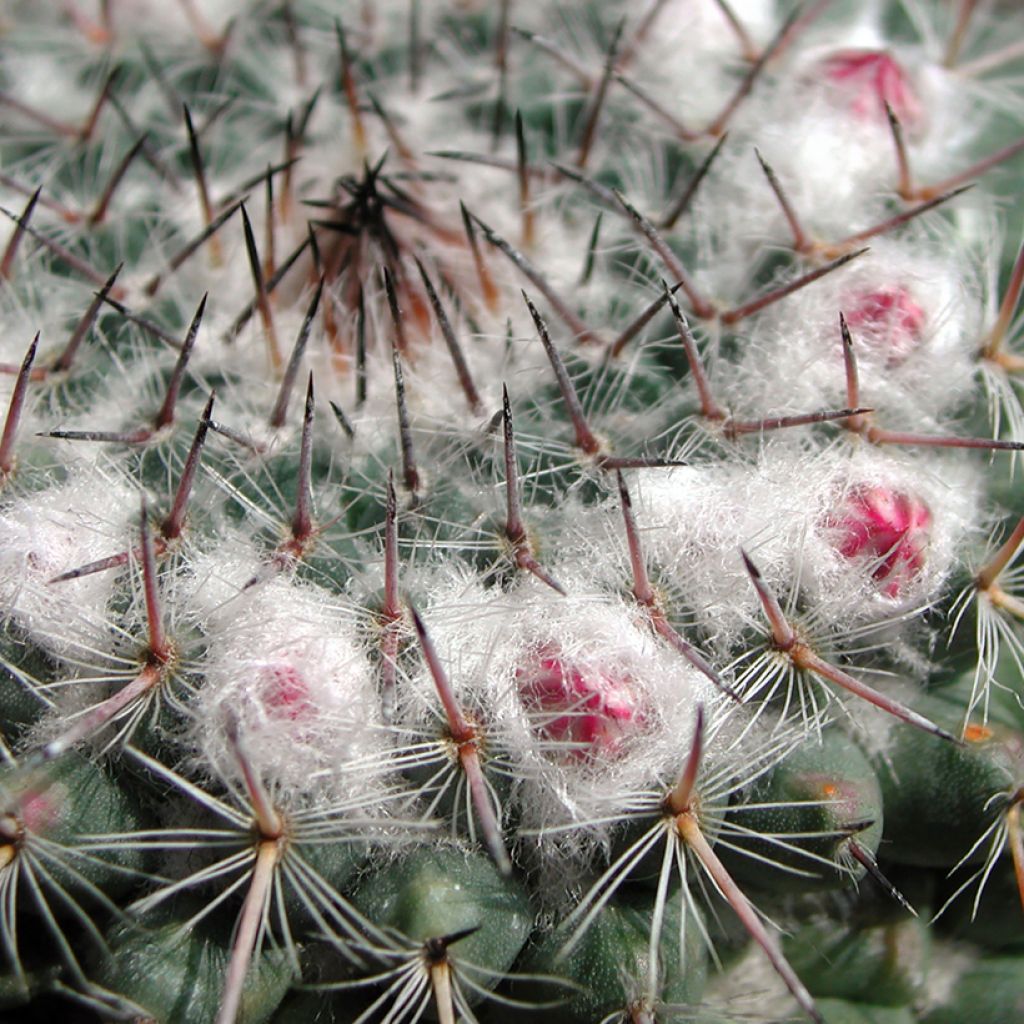

Mammillaria compressa - Mother of hundreds cactus
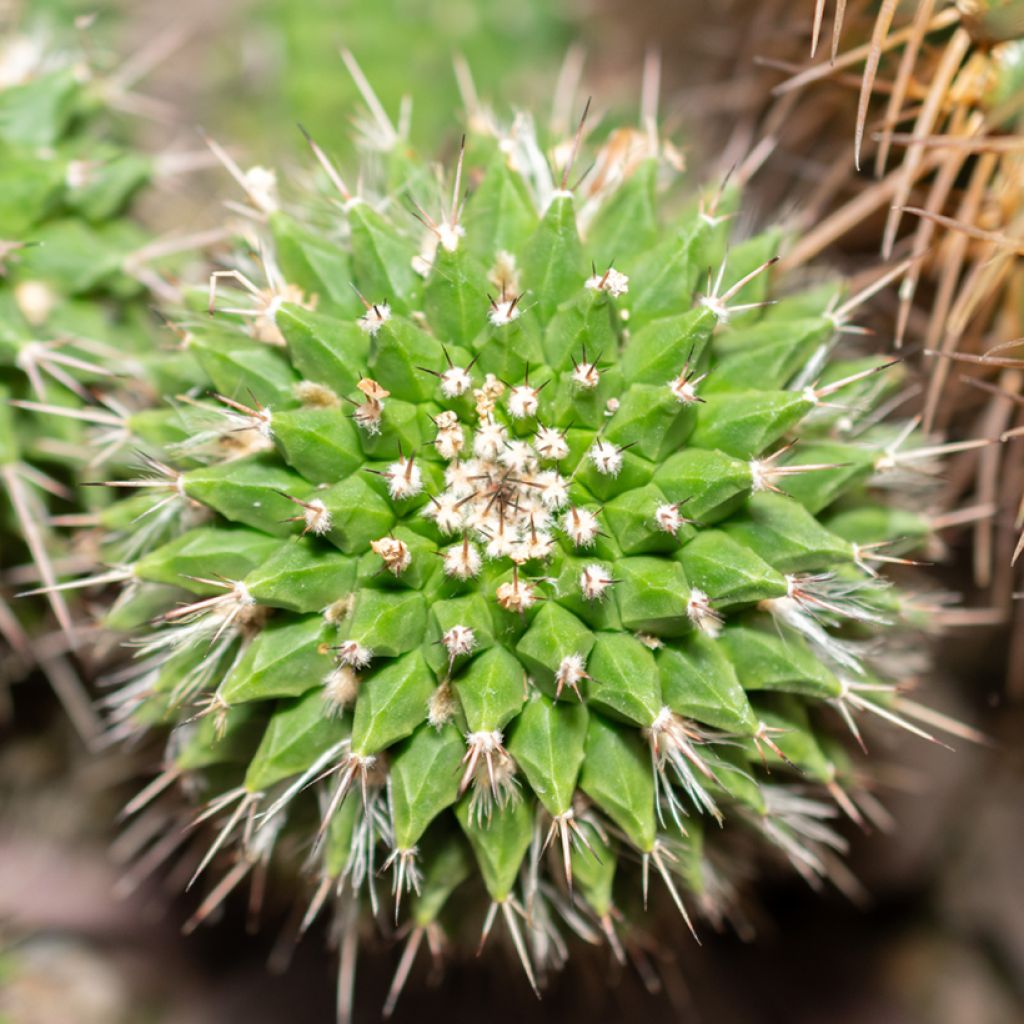

Mammillaria compressa - Mother of hundreds cactus
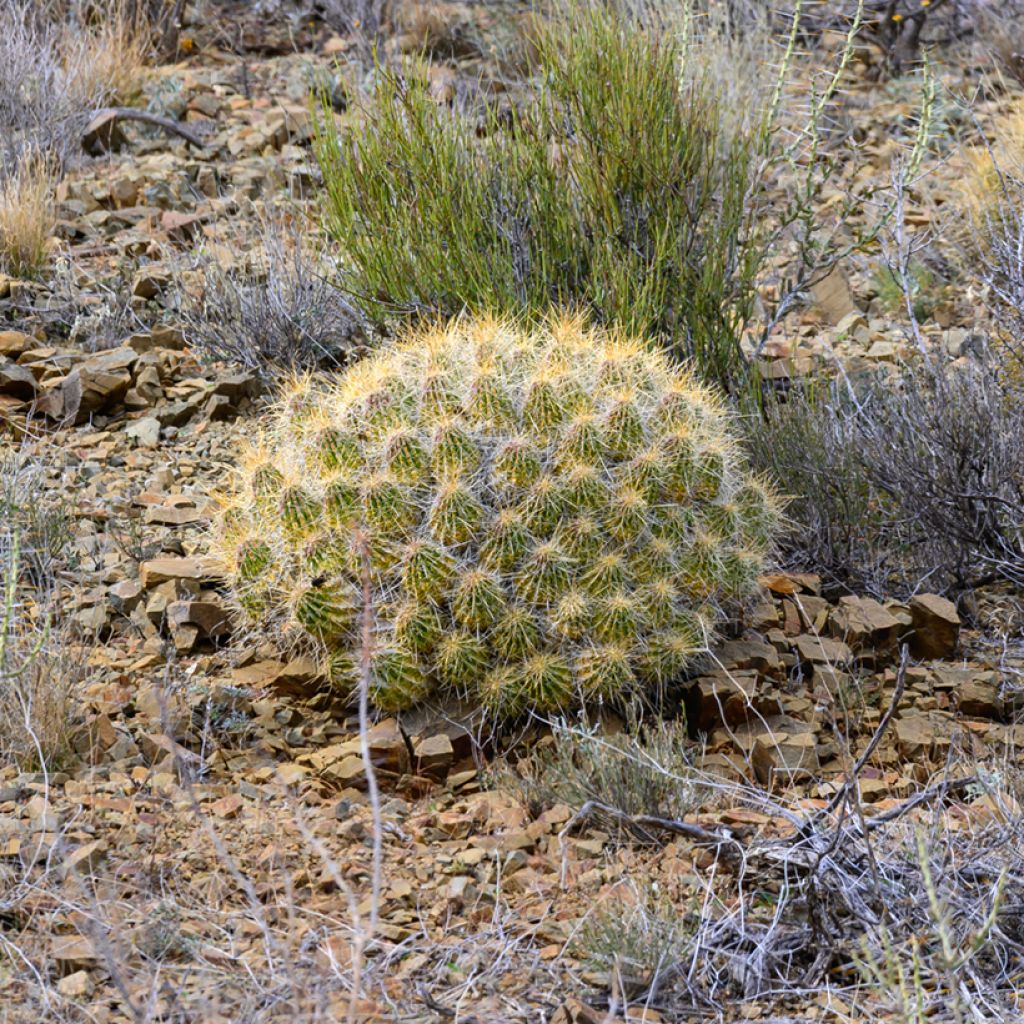

Mammillaria compressa - Mother of hundreds cactus
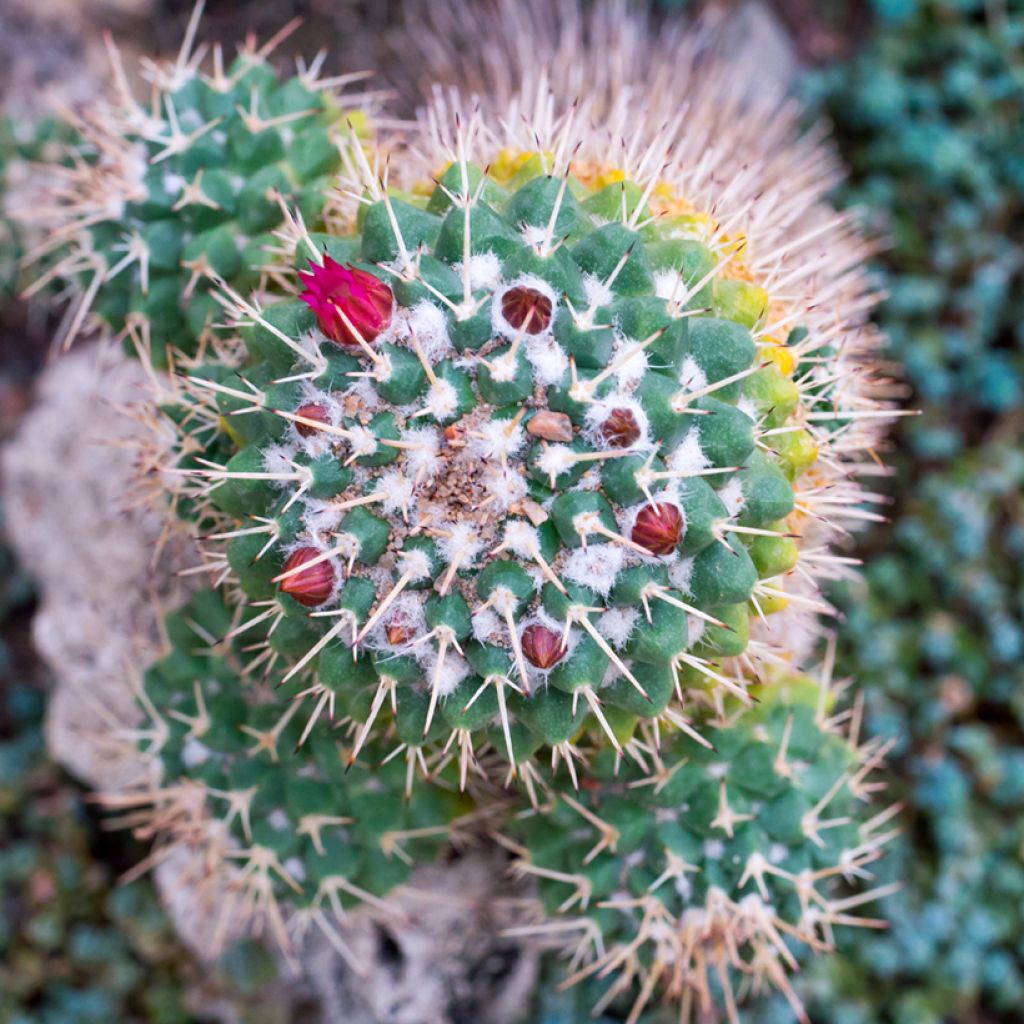

Mammillaria compressa - Mother of hundreds cactus


Mammillaria compressa - Mother of hundreds cactus


Mammillaria compressa - Mother of hundreds cactus
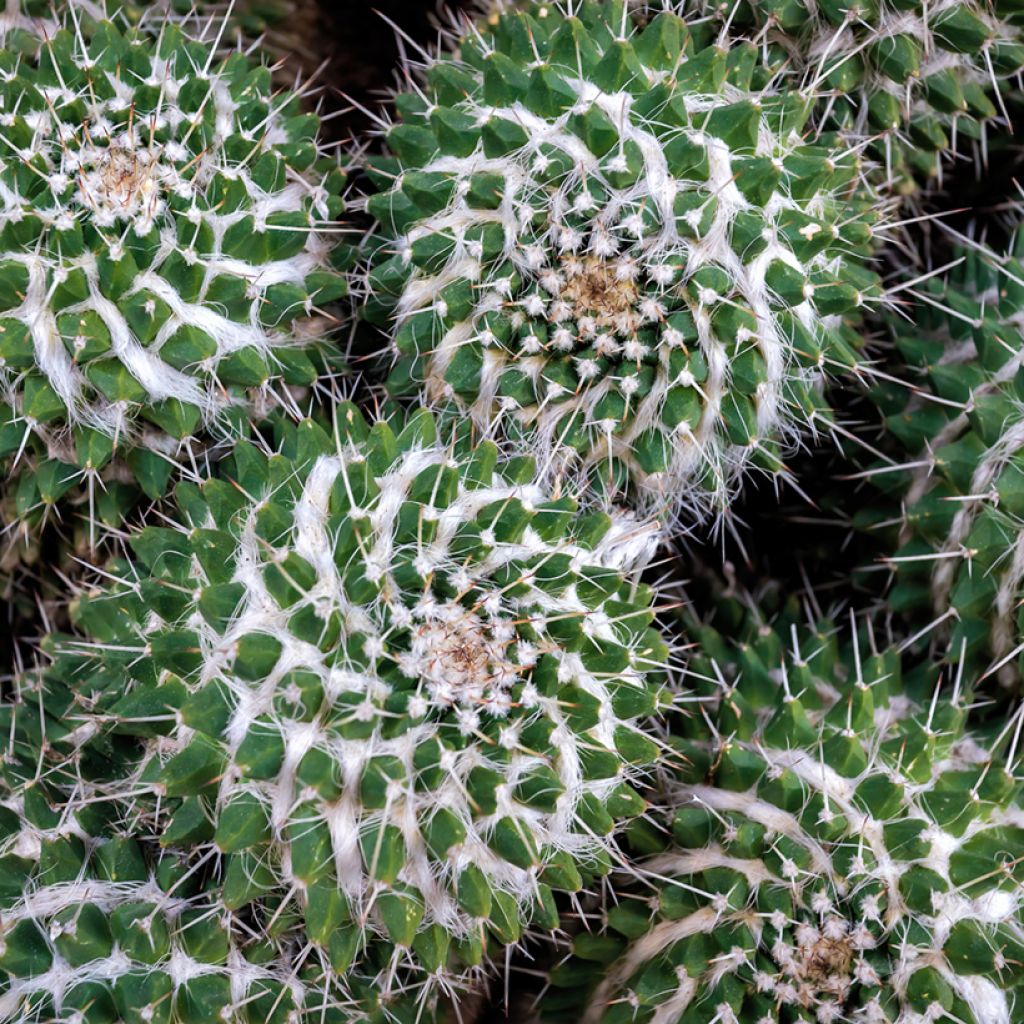

Mammillaria compressa - Mother of hundreds cactus
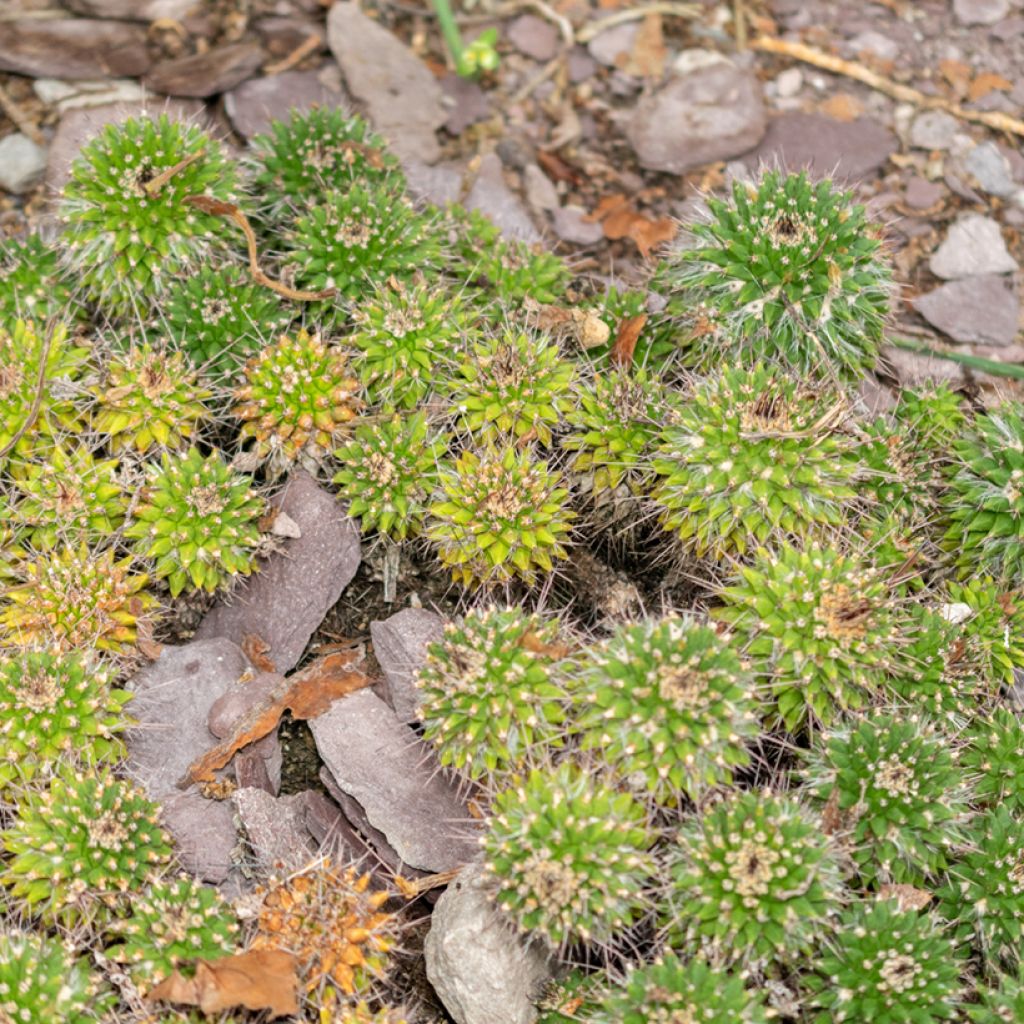

Mammillaria compressa - Mother of hundreds cactus
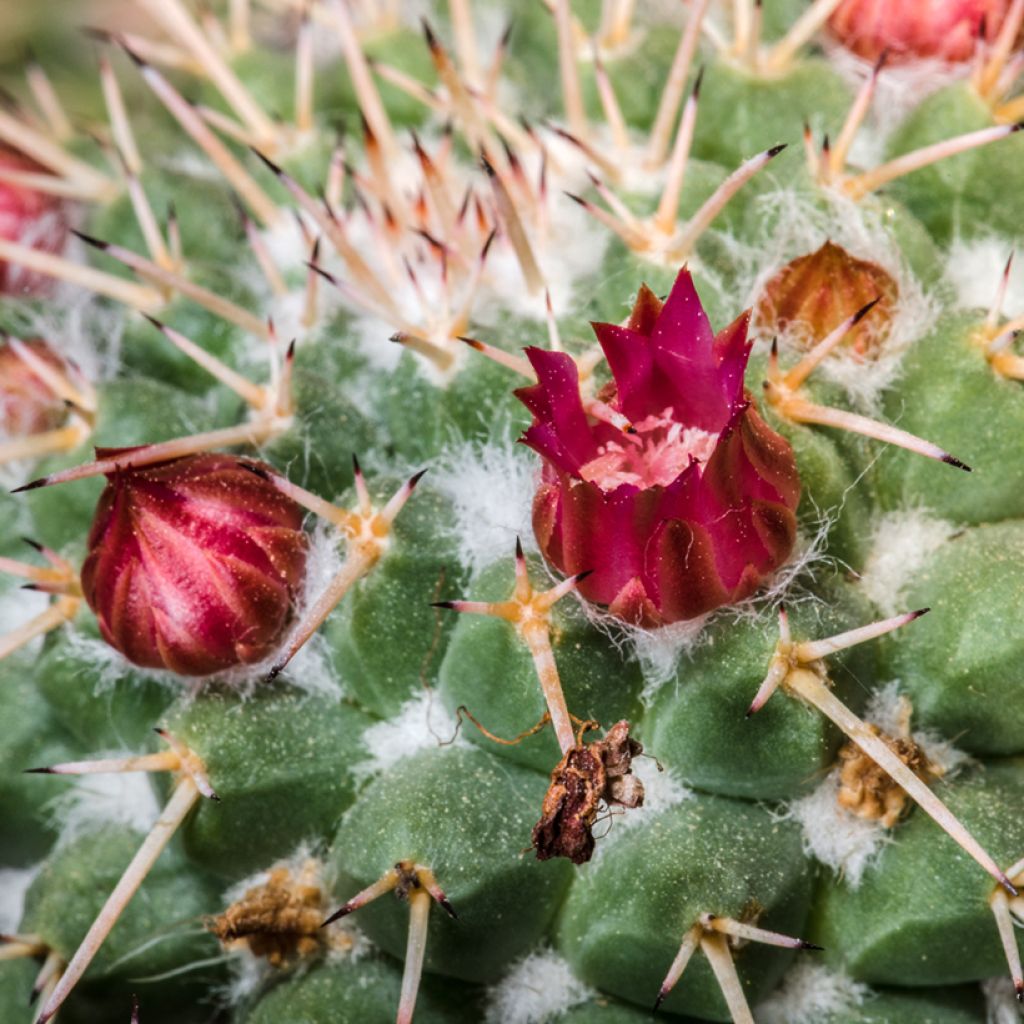

Mammillaria compressa - Mother of hundreds cactus
Mammillaria compressa - Mother of hundreds cactus
Mammillaria compressa
Mother of hundreds
This item cannot be shipped to the selected country
Delivery charge from 6,90 €
More information
Shipping country:
-
-
-
-
-
-
-
-
-
-
-
-
-
-
-
-
-
-
-
-
-
-
-
-
-
-
-
-
-
-
-
-
Schedule delivery date,
and select date in basket
This plant carries a 30 days recovery warranty
More information
We guarantee the quality of our plants for a full growing cycle, and will replace at our expense any plant that fails to recover under normal climatic and planting conditions.
From 7,90 € for pickup delivery and 6,90 € for home delivery
Express home delivery from 8,90 €.
Description
Mammillaria compressa, nicknamed "Mother of Hundreds", is a globular then cylindrical cactus that, over time, forms large colonies. Native to central Mexico, it displays a dark blue-green epidermis, woolly at the top. In spring, it bears small bell-shaped flowers, ranging from pale pink to purple, forming an attractive floral crown. With slightly faster growth than other species in the genus, it forms quite decorative dense clumps.
Belonging to the Cactaceae family, Mammillaria compressa has the botanical synonyms Cactus compressus, Mammillaria angularis var. compressa, Mammillaria angularis f. compressa, Neomammillaria compressa. This species is native to the regions of Guanajuato, Querétaro, Hidalgo, Tamaulipas, and San Luis Potosí in Mexico. The plant features globular to slightly cylindrical stems, measuring between 15 and 20 cm in height and 5 to 8 cm in diameter. The areoles, located at the tip of rhombic or sometimes tetragonous tubercles, are covered in white wool, characteristic of the Mammillaria genus. The radial spines, numbering 4 to 6, are straight, chalky white to brownish, and measure between 2 and 7 cm long. Central spines are usually absent. The flowering, typically observed between March and May, takes the form of small campanulate, 1 to 1.5 cm diameter flowers, ranging from pale pink to purple. After flowering, bright red, round fruits may appear, containing small brown seeds. Over time, this cactus forms dense colonies due to basal offsets.
To cultivate Mammillaria compressa indoors, it is recommended to place it near a south-facing window. A well-draining substrate is essential, composed of a cactus mix based on light potting soil, coarse sand, and perlite. Watering should be moderate in spring and summer, ensuring the substrate dries completely between waterings. In autumn and winter, during the dormant period, watering should be significantly reduced to avoid any risk of rot. This cactus prefers temperatures between 18 and 25°C but can occasionally tolerate drops down to 5°C. You can move it outdoors during the warmer months. Applying a cactus-specific fertiliser once a month during the growth period encourages abundant flowering.
In a succulent collection, Mammillaria compressa pairs perfectly with other species of varied shapes and colours. It can be combined with globular cacti such as Echinopsis subdenudata, or sculptural succulents like Echeveria agavoides and Haworthia fasciata. Placed on a cactus tray or in a minimalist terracotta pot, it adds an exotic touch to your interior without requiring much care.
Report an error about the product description
Mammillaria compressa - Mother of hundreds cactus in pictures






Foliage
Plant habit
Flowering
Botanical data
Mammillaria
compressa
Cactaceae
Mother of hundreds
North America
Safety measures
Other Indoor cacti and succulents
View all →Location
Location
Maintenance and care
Potting advice, substrates and fertilisers
Disease and pest advice
Maintenance and care
This item has not been reviewed yet - be the first to leave a review about it.
Similar products
Haven't found what you were looking for?
Hardiness is the lowest winter temperature a plant can endure without suffering serious damage or even dying. However, hardiness is affected by location (a sheltered area, such as a patio), protection (winter cover) and soil type (hardiness is improved by well-drained soil).

Photo Sharing Terms & Conditions
In order to encourage gardeners to interact and share their experiences, Promesse de fleurs offers various media enabling content to be uploaded onto its Site - in particular via the ‘Photo sharing’ module.
The User agrees to refrain from:
- Posting any content that is illegal, prejudicial, insulting, racist, inciteful to hatred, revisionist, contrary to public decency, that infringes on privacy or on the privacy rights of third parties, in particular the publicity rights of persons and goods, intellectual property rights, or the right to privacy.
- Submitting content on behalf of a third party;
- Impersonate the identity of a third party and/or publish any personal information about a third party;
In general, the User undertakes to refrain from any unethical behaviour.
All Content (in particular text, comments, files, images, photos, videos, creative works, etc.), which may be subject to property or intellectual property rights, image or other private rights, shall remain the property of the User, subject to the limited rights granted by the terms of the licence granted by Promesse de fleurs as stated below. Users are at liberty to publish or not to publish such Content on the Site, notably via the ‘Photo Sharing’ facility, and accept that this Content shall be made public and freely accessible, notably on the Internet.
Users further acknowledge, undertake to have ,and guarantee that they hold all necessary rights and permissions to publish such material on the Site, in particular with regard to the legislation in force pertaining to any privacy, property, intellectual property, image, or contractual rights, or rights of any other nature. By publishing such Content on the Site, Users acknowledge accepting full liability as publishers of the Content within the meaning of the law, and grant Promesse de fleurs, free of charge, an inclusive, worldwide licence for the said Content for the entire duration of its publication, including all reproduction, representation, up/downloading, displaying, performing, transmission, and storage rights.
Users also grant permission for their name to be linked to the Content and accept that this link may not always be made available.
By engaging in posting material, Users consent to their Content becoming automatically accessible on the Internet, in particular on other sites and/or blogs and/or web pages of the Promesse de fleurs site, including in particular social pages and the Promesse de fleurs catalogue.
Users may secure the removal of entrusted content free of charge by issuing a simple request via our contact form.
The flowering period indicated on our website applies to countries and regions located in USDA zone 8 (France, the United Kingdom, Ireland, the Netherlands, etc.)
It will vary according to where you live:
- In zones 9 to 10 (Italy, Spain, Greece, etc.), flowering will occur about 2 to 4 weeks earlier.
- In zones 6 to 7 (Germany, Poland, Slovenia, and lower mountainous regions), flowering will be delayed by 2 to 3 weeks.
- In zone 5 (Central Europe, Scandinavia), blooming will be delayed by 3 to 5 weeks.
In temperate climates, pruning of spring-flowering shrubs (forsythia, spireas, etc.) should be done just after flowering.
Pruning of summer-flowering shrubs (Indian Lilac, Perovskia, etc.) can be done in winter or spring.
In cold regions as well as with frost-sensitive plants, avoid pruning too early when severe frosts may still occur.
The planting period indicated on our website applies to countries and regions located in USDA zone 8 (France, United Kingdom, Ireland, Netherlands).
It will vary according to where you live:
- In Mediterranean zones (Marseille, Madrid, Milan, etc.), autumn and winter are the best planting periods.
- In continental zones (Strasbourg, Munich, Vienna, etc.), delay planting by 2 to 3 weeks in spring and bring it forward by 2 to 4 weeks in autumn.
- In mountainous regions (the Alps, Pyrenees, Carpathians, etc.), it is best to plant in late spring (May-June) or late summer (August-September).
The harvesting period indicated on our website applies to countries and regions in USDA zone 8 (France, England, Ireland, the Netherlands).
In colder areas (Scandinavia, Poland, Austria...) fruit and vegetable harvests are likely to be delayed by 3-4 weeks.
In warmer areas (Italy, Spain, Greece, etc.), harvesting will probably take place earlier, depending on weather conditions.
The sowing periods indicated on our website apply to countries and regions within USDA Zone 8 (France, UK, Ireland, Netherlands).
In colder areas (Scandinavia, Poland, Austria...), delay any outdoor sowing by 3-4 weeks, or sow under glass.
In warmer climes (Italy, Spain, Greece, etc.), bring outdoor sowing forward by a few weeks.

































